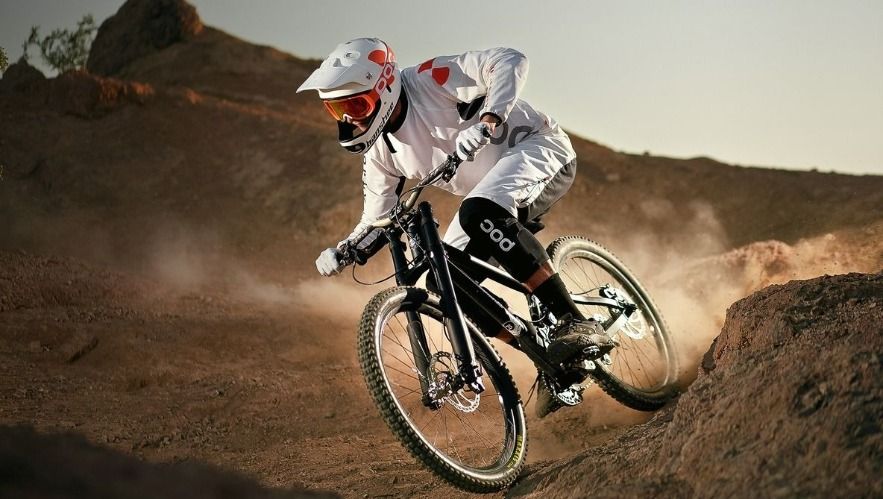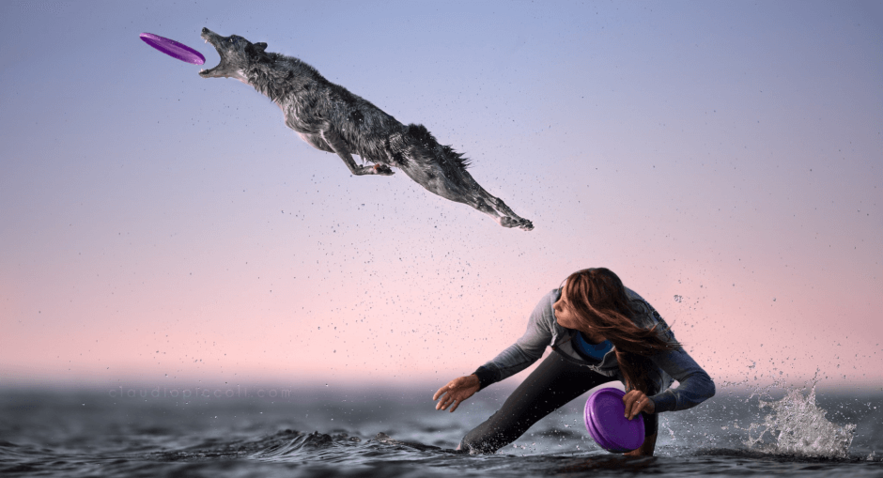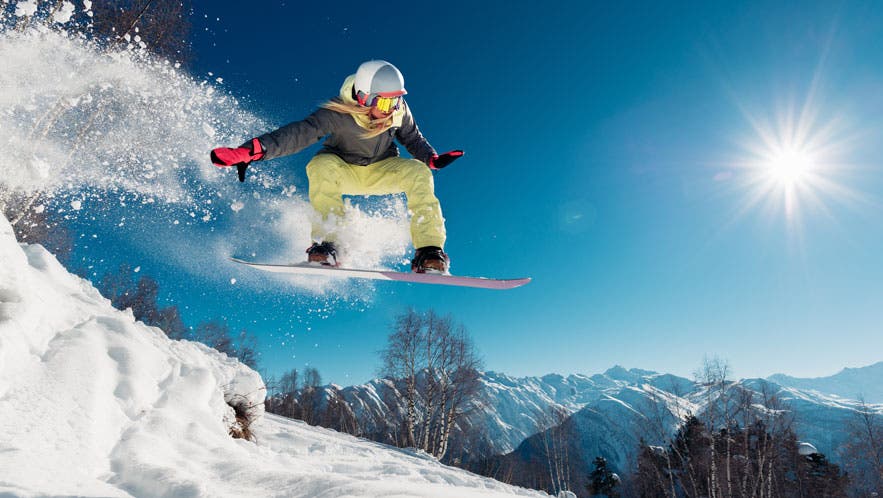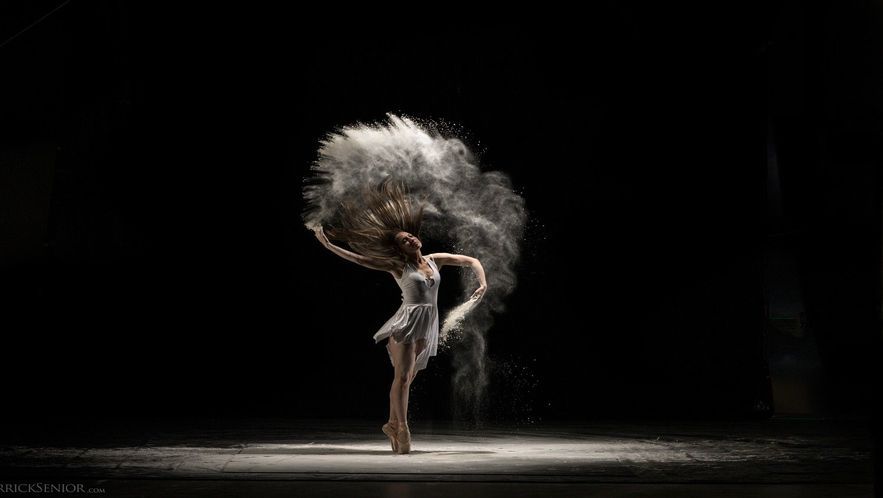Action Photography: 7 Pro Shot Tips & a Rundown of Essential Gear
Hire film gear from local filmmakers.

Hire film gear from local filmmakers.
Shooting moving subjects is one of the most challenging types of photography, as it requires substantial technical preparation.
With action photography, several things need to be carefully pre-planned - gear, camera settings, and shot ideas.
Let’s dive into the essentials of action photography together!
And if you are new to photography but are eager to dive in and learn, check our complete introduction “Photography 101” - all the basics and essentials explained!
Essential gear for action photography

High-speed camera
The first and most important gear you need to get started is a quality high-speed camera.
Action photography is a very meticulous art: it requires a camera with high ISO performance, fast autofocus tracking, and continuous shooting features.
Additionally, you will need a high-quality fast prime lens.
Telephoto lens
A telephoto lens is a must when shooting a subject in motion. This lens makes your subject appear closer than it actually is, and will remarkably create contrasting focuses between foreground and background.
If you are planning to shoot team sports, you would want to get a lens with a long focal length, like 70 - 300mm.
A tripod
Shooting with a telephoto lens for long hours is also physical exercise. Take the weight off your arms and get a tripod - it will allow you to have your gear in a stable position and make sharp images.
Tripods also give you versatility in movement and make panning easier.
A fast memory card
The write speed of your memory cards directly influences how quickly you can get to your next shot.
Choose memory cards with reading and write speeds of at least 90MB/s. This will help you get the best of your shots and make them more dramatic, especially if you are working in continuous shooting mode.
3 Ways to capture action shots

1. Use a flash
Using flash is a great move to capture action shots. Flash becomes the most effective when you are standing close to the subject, and the overall scene is dark.
As the light focuses on your subject, the background becomes blurry. Flash helps you freeze the action and highlight the moving subject more, resulting in a contrasting, dramatic shot.
2. Experiment with motion blur
Sometimes motion blur is your best friend in action photography. You will need to keep your camera steady on a tripod and set a lower shutter speed to emphasize your subject’s movements and deemphasize the background.
This technique also requires a long exposure - you can get it by slowing your shutter speed.
3. Pan your camera
Usually, action photography requires a fast shutter speed to get a sharp shot of your moving subject. However, lower shutter speed can also produce great images.
The “panning” technique, when you follow the subject with your camera during the exposure, is a great solution. Panning makes the background blur while partially focusing on your subject.
This adds a sense of energy and movement that is sometimes absent in other action photos.
7 Top tips for shooting actions shots

1. Pre-focus your shot
When shooting subjects in motion, it is important to predict where the action will most likely happen. Pre-focus your camera on a point near to the place you think your subject will appear - this will save you some precious milliseconds when you will do the shot.
Pre-focusing will also decrease the lag time between pressing the shutter release button and taking the picture.
2. Manipulate the depth of field
If we are talking sports photography, one of the main elements of a great shot is accentuated moving subject and blurred background. You don’t want your viewers to focus too much on the fences, parking lots, or bleachers with fans.
To make your moving subject the main character, try achieving a short depth of field by setting a wider aperture. The wider the aperture, the shorter the depth of field, so set the aperture to F2.8 or F4.
3. Experiment with low angles
We are used to seeing the world from our eye level most of the time. To make your shot more unique, you need to play with angles.
One of the less known composition tips: shooting from a lower angle makes your subject look bigger and more powerful. Getting down low and close to your subject can help create an interesting shot and make the person appear larger than in reality.
4. Shoot in bursts
If you don’t want to miss a perfect image by a millisecond, consider taking a series of shots. Most modern cameras come with a burst mode, or continuous shooting, which lets you press the shutter button longer to take several pictures quickly one after another.

5. Shoot in RAW
Taking your picture in RAW format will definitely take up quite much space on your memory cards, but in action photography, it’s still advisable to prefer this format to others like JPEG. Uncompressed files give you more flexibility for post-production, especially for adjusting the white balance.
6. Observe the shutter lag
Despite the advancements in digital camera technology, shutter lag still remains an unresolved issue for some DSLRs. You can overcome this, though - by learning the shutter delay of your own camera.
Take a test shot and observe the lag: note how long the lag takes. Usually, it shouldn’t be more than several seconds, but keep that time in mind for your shooting to know when to make your next best shot.
7. Prioritize a fast shutter speed
Short exposure time can let you capture a split-second moment - this is essential for action photography of any type. Fast shutter speeds like 1/500 or 1/1000 are commonly used by photographers to capture the subject in movement.
3 Awesome action shot ideas

1. Jumping people or animals
Taking pictures of jumping animals is a perfect way to get started in action photography. Most of the time, you would be able to repeat the shot over again until you get one that satisfies you. This can also be easily done with people - just ask your model to jump many times.
2. High-energy sports

Shooting sports like football or basketball are a great source of practice for action photography. With sports, you can save the discouragement of missing a great shot because other chances will immediately appear throughout the game.
Don’t worry about capturing the right moment with minimal blur on your first try - you can learn in the process and get better as long as the game goes.
3. Visible sand, dust, or powder

The clouds of sand or dust are a powerful tool to create an impression of movement in the eyes of the viewers. They can see еру direction of the subject - where it came from and where it is going.
Clouds of sand, dust, or powder work as isolators of the moving subject, making a clear distinction between it and the background in the shot.
Next: Find the best action camera
With these tips in mind, that’s your cue to go out and try action photography... in action!
If you are still looking for gear, don’t worry: get your head wrapped around the 10 best action cameras in 2025. Read our overview and decide which one fits you best.
What is action photography?
Action photography is about shooting moving subjects.
What makes a good action photograph?
A high-speed camera, a telephoto lens, a tripod, and a fast memory card are essential for a good action shot. Other things like correct aperture and shutter speed are also important.
What is stop action photography?
Stop action, or stop motion photography is a technique in which the subject is manipulated in between shots to appear as moving once the frames are spliced together.






















